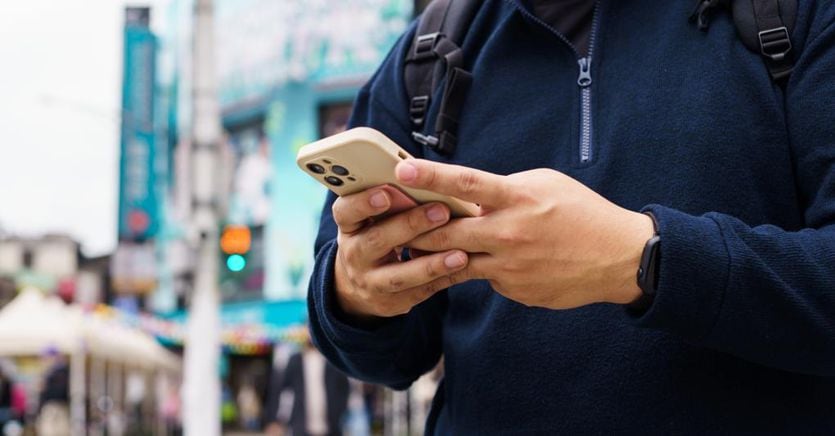Listen to the audio version of the article
We complain that we use smartphones too much, “we are slaves to them”, “every day we have to repeat the same actions on those damned screens” and yet few of us know about the integrated automatisms, which would save us a lot of time. On iPhone or Android. And no, for once we are not talking about artificial intelligence. They are simple commands, present in the settings, which we can configure as we wish – the “old time” computer scientists call them macros but Google defines them as “Routines” and Apple as “Quick Commands”.
For example: we say “Hey Google, good morning” and – if we have activated the corresponding routine – the Google Assistant turns on compatible smart lights, gives information about the weather, lists events in the calendar for the day and plays the news.
Does the smartphone notice that we are connected to the home Wi-Fi? It means that we have arrived home and then the “Home Routine” can be triggered. He turns on the light connected to the Wi-Fi on the veranda and sets the thermostat to 24 degrees and maybe even turns on the TV.
It’s morning, we go out to work: the routine starts that launches our favorite radio or podcast (from Sole24Ore, obviously…).
Shall we go out for a run? When we launch the running app, we can automatically start the same or other podcasts (always from Sole24Ore, there’s no need to repeat it).
And so on.
To summarize, an automatic action can trigger a chain of other actions that we do on the smartphone (if we launch a certain app) or based on an event (the sun sets, we connect to the home or office Wi-Fi…) . We can also establish that when that condition (action or event) ceases, the automatism also stops.
Let’s see how to do it.
We launch “Routine”, accessible from the settings (also via the integrated search engine). It offers different suggestions for different scenarios, such as a sleep routine, driving, exercise, relaxation, work. We can add more. For each we can set a condition that triggers it and then the actions that are triggered. Example: Help. It is activated when we open Google Maps and then we can establish that all notifications will be read aloud as long as that condition persists or an application (podcast for example) is opened. We have activated the personalized Running routine, so that it clicks when we connect the headphones that we only use for running. It will activate the podcast app and put the mobile phone in do not disturb mode. We can also launch or suspend the automations by hand, by clicking on the option or by voice (by speaking to the Google assistant). Routines also work on smart speakers, watches, and other Assistant-compatible devices; Samsung has similar “Modes and Routines” tools for its Galaxy devices.
Apple
On iPhone, iPad and Mac there are Shortcuts (also known as shortcuts). They allow you to combine separate actions into a single script. The application includes a large collection of ready-made shortcuts that allow you to estimate travel time to meetings or convert text to audio. To see possible examples, tap the Gallery icon at the bottom of the screen. To add a shortcut to your personal collection, tap the + button on the shortcut box. In the app, tap the Shortcuts icon at the bottom of the screen to view your collection. You can activate a shortcut by tapping it or asking Siri to run it. Shortcuts sync with other devices that use the same Apple ID, including the Apple Watch. Shortcuts can run automatically when requested at a specific time or event. For example, do we always FaceTime with the same group of friends? We can select Facetime among the automatable actions and then add all the names of friends among the contacts linked to the action. We ask Siri to execute the Quick Command (with its name that we have chosen) and the group Facetime will start.
General advice
In general, let’s think about the gestures that we repeat on the smartphone many times or regularly: they are the first that we can automate. Then there are automatisms that do not concern actions performed on the smartphone but which can still make our lives easier. For example all those of the home automation, turning on lights and TV. The smartphone is a conduit, in this case. Last piece of advice: automation transforms us into budding little programmers. In fact, they are algorithms. We must think carefully about how to break the desired behavior into related conditions and actions and be willing to make several attempts before finding the best combination.
